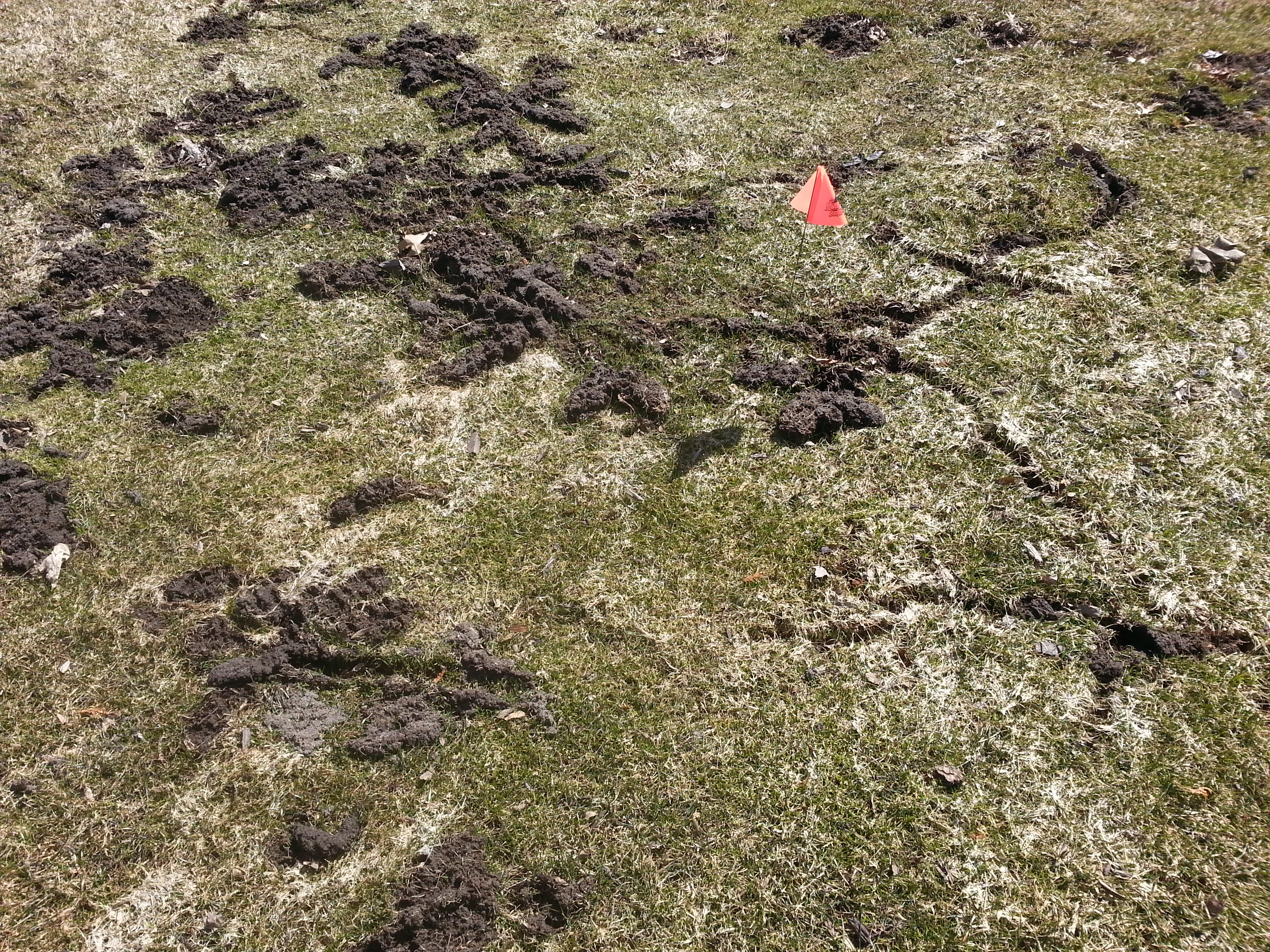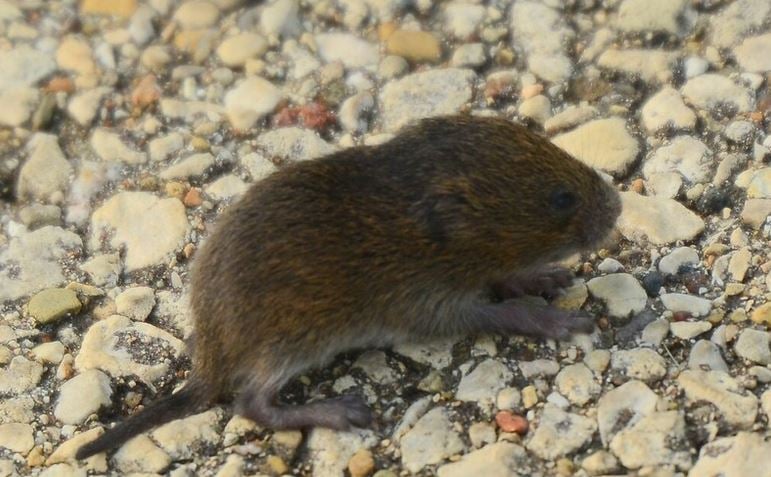Preserve Your Garden: Vole Control Tips for Lush Landscapes
Preserve Your Garden: Vole Control Tips for Lush Landscapes
Blog Article
Grasping Vole Parasite Control: Extensive Insights on Problem Prevention and Treatment Approaches
By recognizing the refined signs of vole infestation early on, we can take proactive steps to prevent widespread damage. In this conversation, we will discover the subtleties of vole behavior, dive into the identification of infestation signs, and discover the most reliable prevention and therapy techniques.
Recognizing Vole Habits
Analyzing the foraging patterns of voles uses valuable understandings into their habits and habitat preferences. Voles, small rats appearing like mice, are herbivores known for their below ground tunneling activities. By observing their foraging actions, researchers can acquire a better understanding of where voles favor to develop their habitats and the level of their environmental influence. Voles are respected dog breeders, with a single female qualified of generating numerous litters in a year, making it vital to comprehend their habits for effective parasite control methods.
Study suggests that voles exhibit selective feeding habits, favoring seeds, roots, and origins - vole lawn damage. This nutritional preference affects their foraging patterns, leading them to locations abundant in greenery and ground cover. Furthermore, voles are recognized to create elaborate tunnel systems for foraging and nesting purposes, indicating a high degree of versatility to their surroundings
Recognizing vole behavior is vital for applying targeted parasite control steps that interrupt their environment preferences and foraging tasks. By examining their habits, specialists can establish a lot more efficient prevention and therapy techniques to manage vole infestations.
Identifying Indicators of Vole Problem
Vole invasions can be discovered by recognizing details indications of their presence in an area. One of the most usual indicators of a vole problem is the visibility of surface paths. Voles produce networks of narrow paths on the ground that are usually about 2 inches large. These runways are typically found in verdant locations or under mulch or ground cover where voles can move freely and look for food.
One more vital indication of vole invasion is the presence of small burrow openings in the ground. Voles dig superficial burrow systems with several entries and exits. These burrows serve as shelter and nesting sites for the voles. Furthermore, voles are recognized to leave chewed plant stems, roots, and bulbs near their burrow openings, showing their feeding task in the location.
Discovering these droppings along paths or near burrow openings can confirm a vole invasion. By being alert for these signs, residential property owners can promptly resolve vole infestations and stop more damage.
Carrying Out Proactive Avoidance Procedures
To effectively alleviate the dangers linked with vole problems, homeowner can proactively carry out an array of safety nets focused on securing their yards and landscapes. One critical action is to maintain a well-trimmed lawn and regularly remove tall weeds and thick plants, as voles are attracted to areas using ample cover. Mounting obstacles such as hardware cloth below ground around prone locations like yard beds can additionally assist avoid vole breach. Furthermore, keeping garden areas clean and reducing clutter where voles might conceal or nest is necessary in reducing their existence.
Moreover, employing all-natural vole deterrents like castor oil-based repellents or predator pee can function as effective safety nets. It is also suggested to routinely examine outdoor rooms for any kind of indicators of vole task, such as runways or tunnel openings, to deal with possible infestations promptly. By adopting these aggressive avoidance strategies, homeowner can considerably reduce the chance of vole damages and keep the health and wellness and aesthetic appeals of their landscapes.
Reliable Treatment Methods
Integrating targeted trapping techniques and making use of accepted rodenticides are vital elements of efficient treatment strategies for handling vole infestations. Trapping can be a reliable means to reduce vole populations, specifically when positioned purposefully in their active runways. Break traps and live traps can both work, with the latter permitting the capture and relocation useful source of voles. When using rodenticides, it is crucial to comply with safety and security standards to prevent damage to non-target animals and pets. Location rodenticides in secure lure stations to lessen threats to unintentional targets. Furthermore, habitat alteration, such as lowering ground cover and removing sources of food, can aid hinder voles from infesting an area. Normal monitoring and upkeep are also vital facets of successful therapy strategies to make sure that vole populations are maintained under control. By incorporating capturing, rodenticides, environment adjustment, and consistent monitoring, effective vole insect control can be attained.

Surveillance and Upkeep Tips
Regular monitoring enables for the very early detection of vole activity, making it possible for timely intervention before problems aggravate. To effectively monitor vole populaces, tactically placed catches can be made use of in vole paths or near burrow entryways.
In addition, keeping a neat and well-kept landscape is essential in vole prevention. Clearing up away debris, such as piles of timber or thick vegetation, removes possible vole habitats. On a regular basis cutting yards and trimming plants aids lower vole hiding places and lessens their access to food resources.

Verdict
In conclusion, mastering vole parasite control requires a solid understanding of vole actions, the capacity to determine indicators of invasion, implementing aggressive prevention actions, effective treatment techniques, and regular surveillance and upkeep. By taking a comprehensive technique to vole control, individuals can efficiently manage and stop problems, ultimately securing their home and surrounding environment from damage triggered by these tiny rodents.
In this conversation, we will certainly explore the nuances of vole behavior, dive into the recognition of invasion indications, and reveal the most efficient avoidance and treatment methods.Including targeted capturing approaches and making use of authorized rodenticides are crucial elements of reliable therapy strategies over at this website for managing vole problems. To successfully keep track of vole populations, strategically placed catches can be used in vole paths or near burrow entrances. Checking and repairing any kind of damages to these structures guarantees that vole control continues to be reliable in safeguarding homes from infestations. By including these monitoring and upkeep techniques right into a detailed vole pest control plan, individuals can effectively take care of vole populaces and safeguard their homes from damages.
Report this page